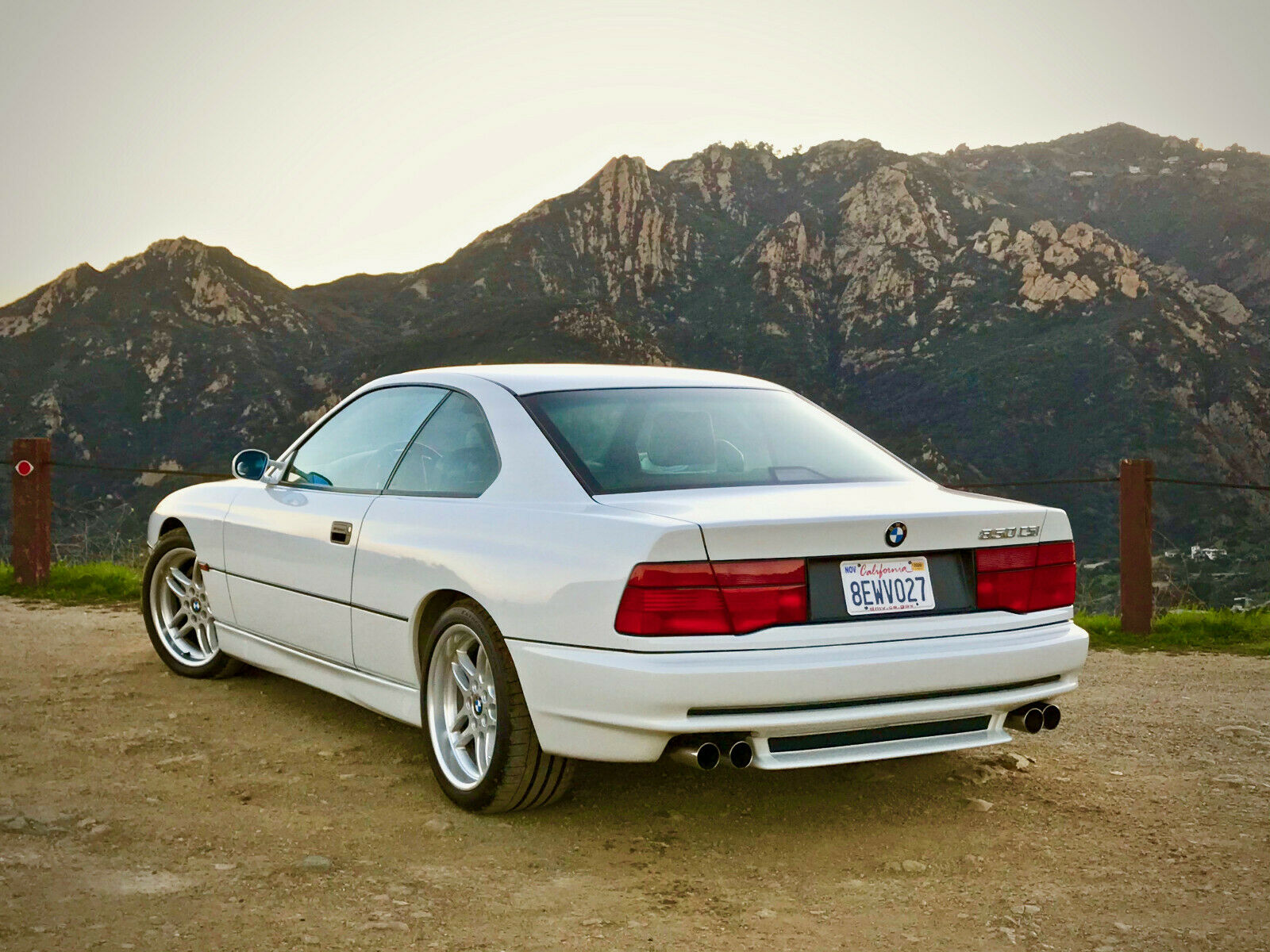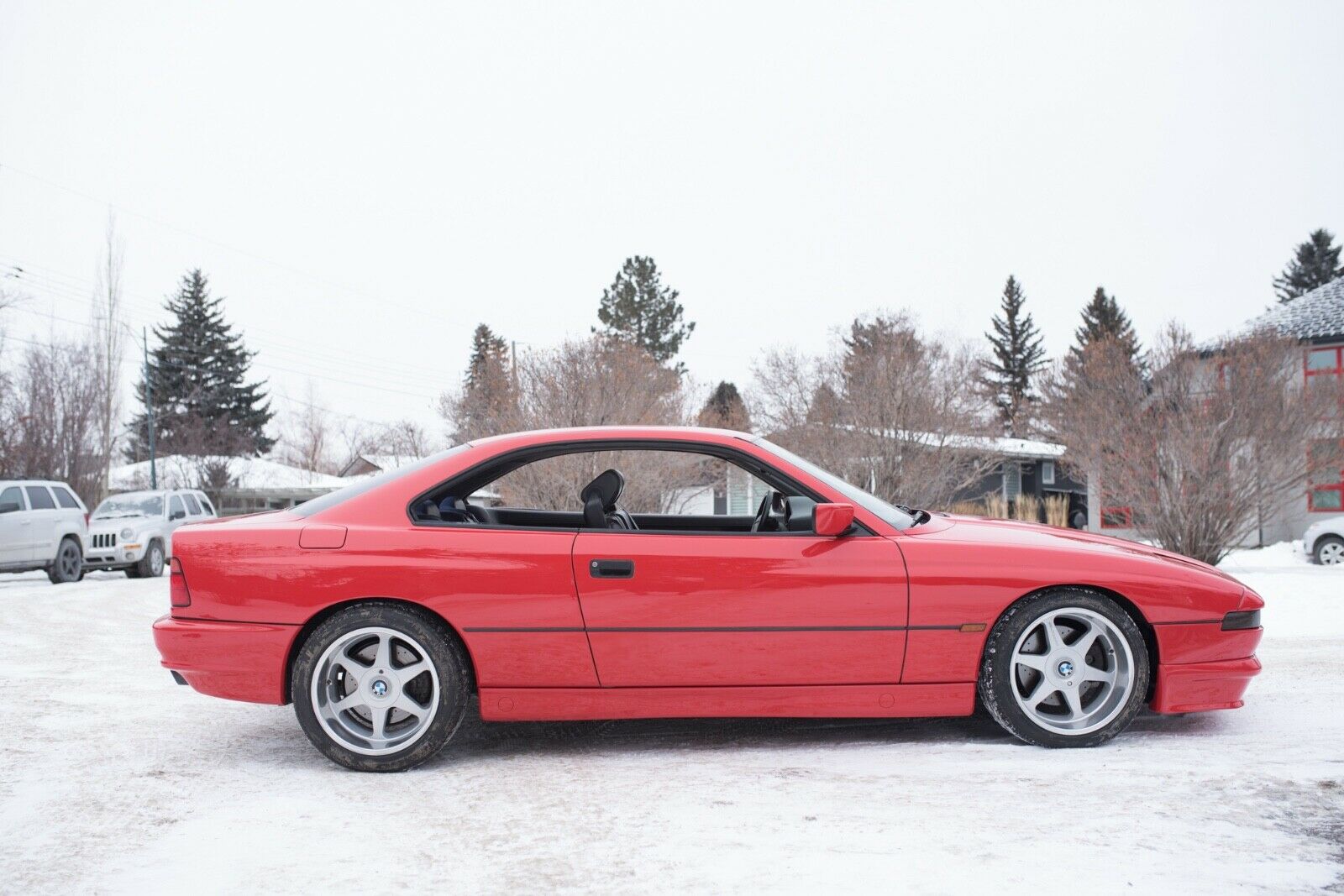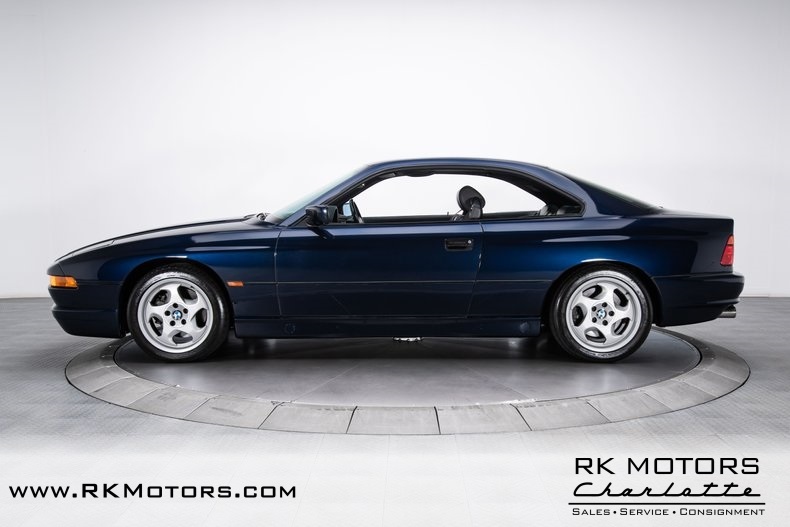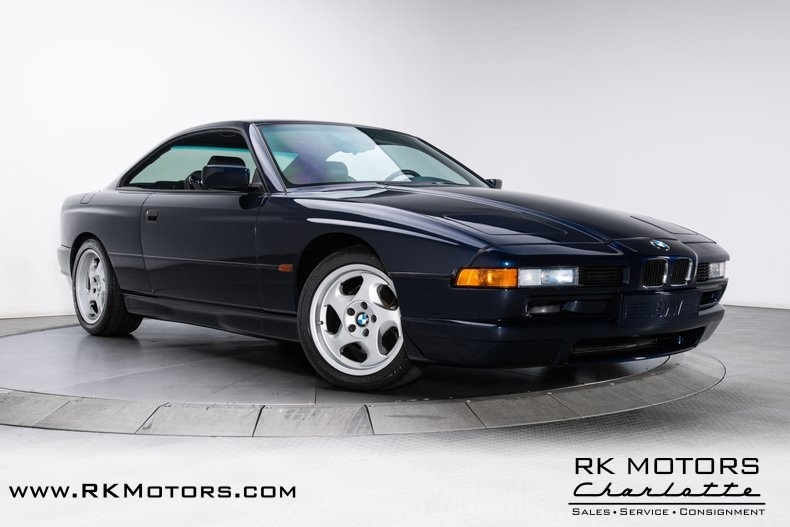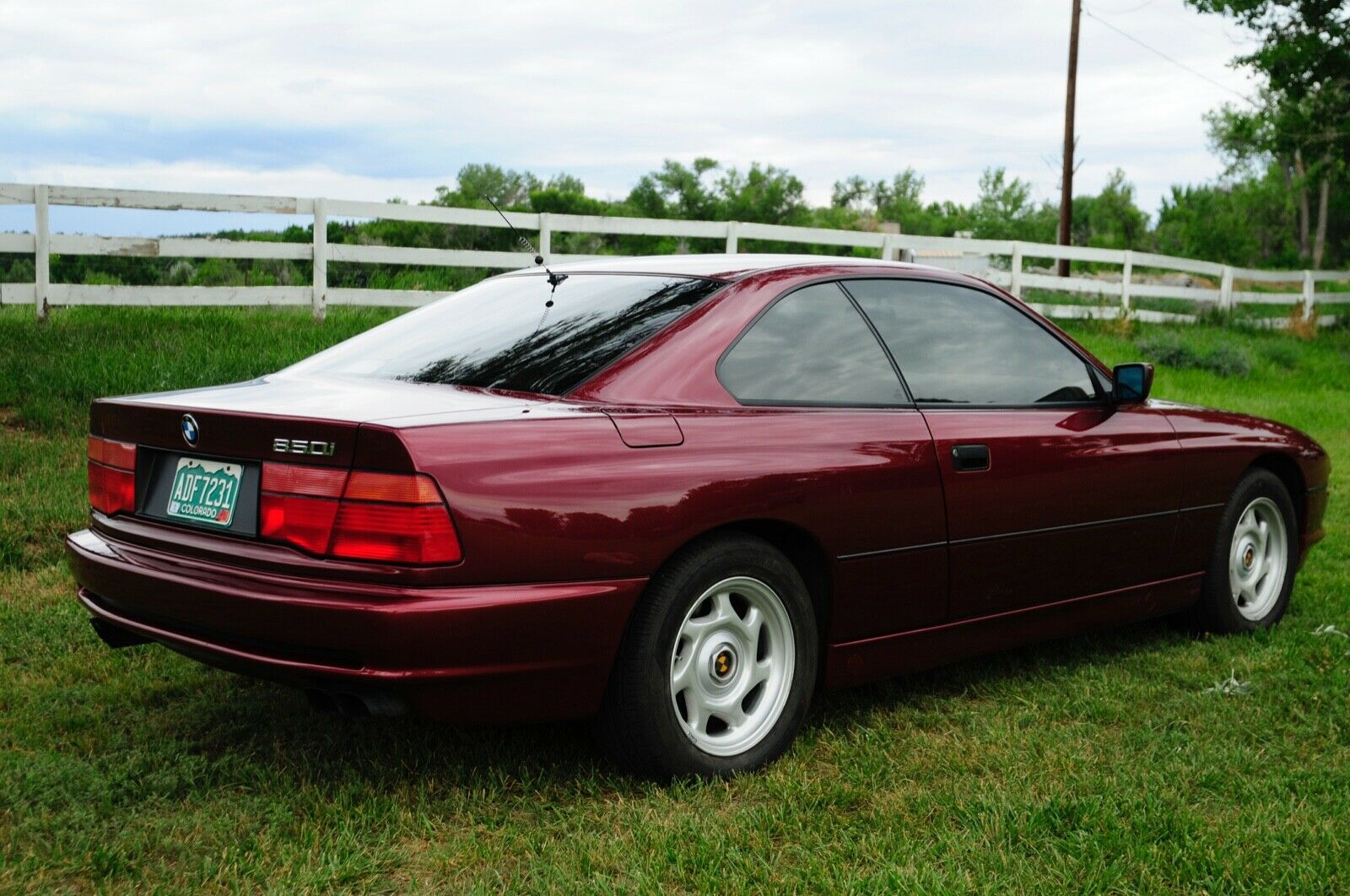I have a romantic vision that there will be some day that I’m able to go for a cruise on the weekend with my family in the fast GT car. Part of that stems from a childhood dream; my grandfather was lucky enough to own a Ferrari 250GT/L Lusso back in the 1960s and 1970s; it was long gone before I was any age to appreciate it, but I’ve always had a thought that I could buy one some day. Well, recent market changes have moved the Lusso from a $100,000 Ferrari to a $1,000,000 plus Ferrari – the chances of me ever buying one have gone from slim to none. Even the replacement models like the 365GTC/4 are also firmly out of reach too. So my dream of the classic Ferrari has moved on to more recent, affordable models. The 456GT is a great example – classic looks, perfect layout, and most reasonable examples can be had between $50,000 and $60,000. Great! The problem? Well, it’s still a Ferrari; frequent belt services seem to run between $6,000 and $10,000, the windows apparently fall out of place and are $1,000 to fix (if you can find and independent who can be trusted), even the brakes are multi-thousand dollars. What’s a reasonable option then? Well, I think the 850CSi is probably one of the best reasonable Ferrari replacements. But is it less money?
Tag: e31
Euro cars always hold a special appreciation for me, especially from the 1970s and 1980s. First off, they were much better looking, generally with slimmer bumpers and larger, more clear class lights. There were colors and interiors that we didn’t get in the U.S. as well, helping to set yourself apart. Sometimes there were low-spec engines not imported, but usually the output of the motors that were similar to U.S. cars was higher, giving more performance to enthusiasts. Sometimes that gulf was huge; while usually around 10% higher, a great example is the Quattro which was a full 25% more powerful in Europe than the U.S. restricted version. But as we got towards the late ’80s, the gap inbetween both the looks and performance of the Euro models versus the U.S. models closed steadily. True, in some cases we still didn’t get the full-fat versions of cars like the M3 until the E46 chassis. But for most models, there was a negligible difference. When it came to the BMW E31, in fact, there were almost no differences between the U.S. models and European models; styling was exactly the same, as were the wheels, most of the colors and interiors, and the basic suspension and engine. So, it’s just not nearly as exciting to see a European-spec newer model like this ’91 850i pop up for sale, though it is a bit odd:

